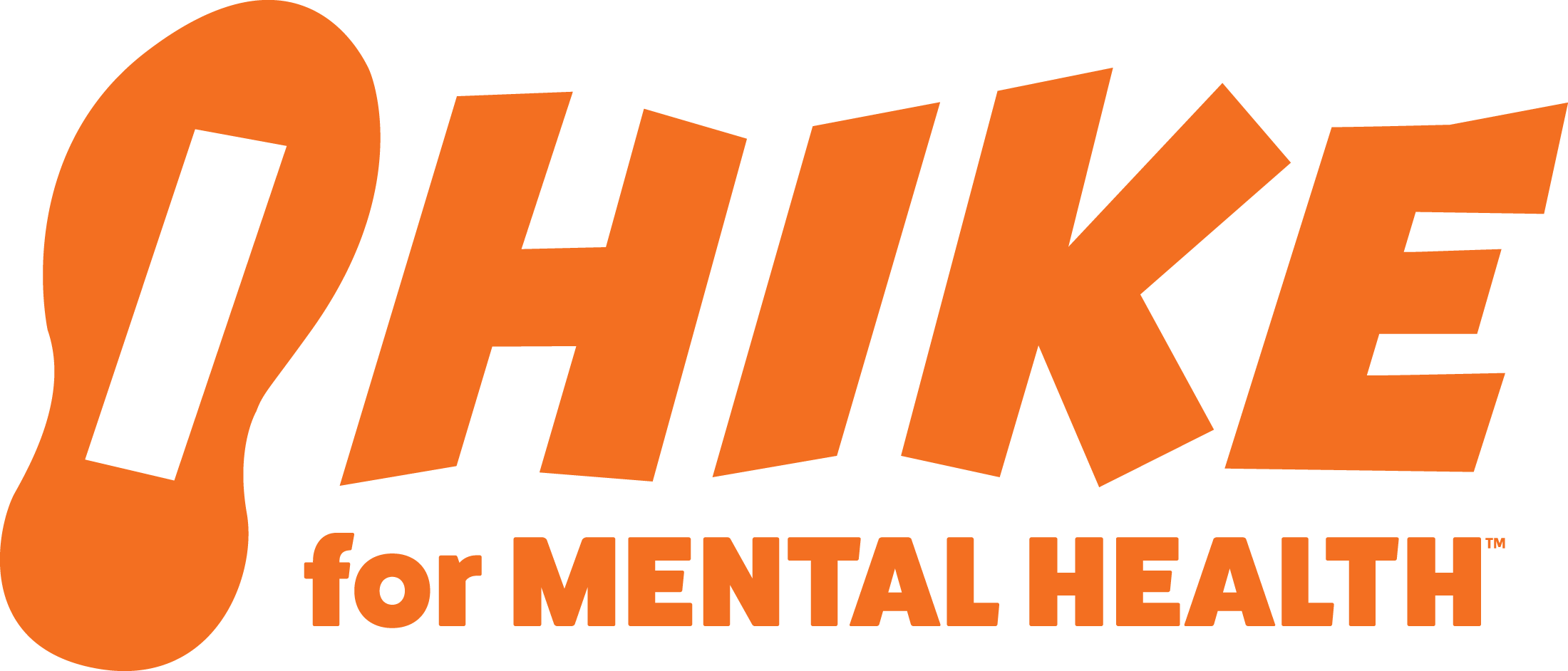Back to School Series: Youth’s Mental Health and The Impact of Social Media
Over the next month we will be running a Back to School series consisting of a few different articles. The first one is featured today, and highlights the impact of social media on youth’s mental health. As summer ends and children return to school, we hope you find these articles helpful.
In 2023 the U.S. Surgeon General wrote the advisory “Social Media and Youth Mental Health.” The purpose of the advisory was to bring attention to the effects social media has on youth’s mental health, both the positive and negative impact on children and teenagers. The advisory notes that up to 95% of teenagers use social media, and nearly 40% of children between the ages of 8 and 12 use social media.
With a growing amount of evidence indicating the potential harm of social media on mental health, the advisory questions whether there is enough evidence to determine if social media is safe for our youth. During the ages of 10-19 youth are undergoing a highly sensitive period of brain development, and identities and self-worth are forming, making the adolescent brain very susceptible to social and peer pressure.
The Potential Benefits of Social Media Among Youth
The advisory indicates the following potential benefits of social media among children and adolescents.
- Positive community connections with others who have similar interests, identities, and abilities
- Space for self-expression
- Forming and maintaining on-line friendships
- Positive interactions with more diverse groups
- Buffering effects against stress for youth who are often marginalized, including racial, ethnic, sexual and gender minorities
- Can promote help-seeking behavior
The Potential Harms of Social Media Among Youth
The advisory also notes the following potential negative impact of social media among children and adolescents.
- Spending more than 3 hours per day on social media doubles the risk of experiencing poor mental health, including symptoms of depression and anxiety.
- Use of social media is correlated with the rise of depression and anxiety in college-aged youth
- Increased social media use predicted poor sleep, online harassment, poor body image, low self-esteem, and higher depressive symptom scores with a larger association for girls than boys
- Many parents of adolescents say they are somewhat, very, or extremely worried that their child’s use of social media could lead to problems with anxiety or depression, lower self-esteem, bullying, peer pressure, and exposure to explicit content
The Anxious Generation
In addition to the U.S. Surgeon General’s advisory, The Anxious Generation book and website provide evidence of the mental health trends in adolescents since the early 2010s, concluding a mental health crisis for our youth. The research reviewed identifies the following.
- Major depressive episodes increased for both males and females between 12 and 17, with higher rates for females
- Anxiety and depression in undergraduates increased more than other disorders
- Anxiety increased more in 18-25 year olds than any other age group
- Emergency department visits for self-harm increased significantly for girls between 10 and 14
- Adolescent girl rates of hospitalization for self-harm increased for ages 10-14
- Suicide rates for males and females between 15-19 increased, moreso for males
- Similar results are found in other countries
- In addition to mental health, research has shown a decline in academic performance, sleep, exercise, and in-person time with friends
The Anxious Generation shares two important changes that took place to help explain the research findings. First, there has been a decline in play-based childhood. Parents began supervising their children more, and children started spending less time with each other. Second, the rise of the phone-based childhood. Smartphones and social media arrived, and social lives moved into the virtual world for teens.
Recommendations
Both the U.S. Surgeon General and the Anxious Generation make recommendations to address this impact of social media on our youth. The recommendations are for policymakers, technology companies, parents and caregivers, educators and schools, children and adolescents, and researchers.
Jonathan Haidt from the Anxious Generation identifies four changes or norms that will have an impact.
- No smartphones before high school
- No social media before the age of 16
- Phone free schools
- More independent free play and responsibility in the real world
If you are a parent or caregiver can you live and parent by these norms? For those interested in more information on how social media is impacting youth’s mental health, review the links provided in this article, especially as many children and adolescents are returning to school and their summer outdoor activity comes to an end.


Comments
Back to School Series: Youth’s Mental Health and The Impact of Social Media — No Comments
HTML tags allowed in your comment: <a href="" title=""> <abbr title=""> <acronym title=""> <b> <blockquote cite=""> <cite> <code> <del datetime=""> <em> <i> <q cite=""> <s> <strike> <strong>